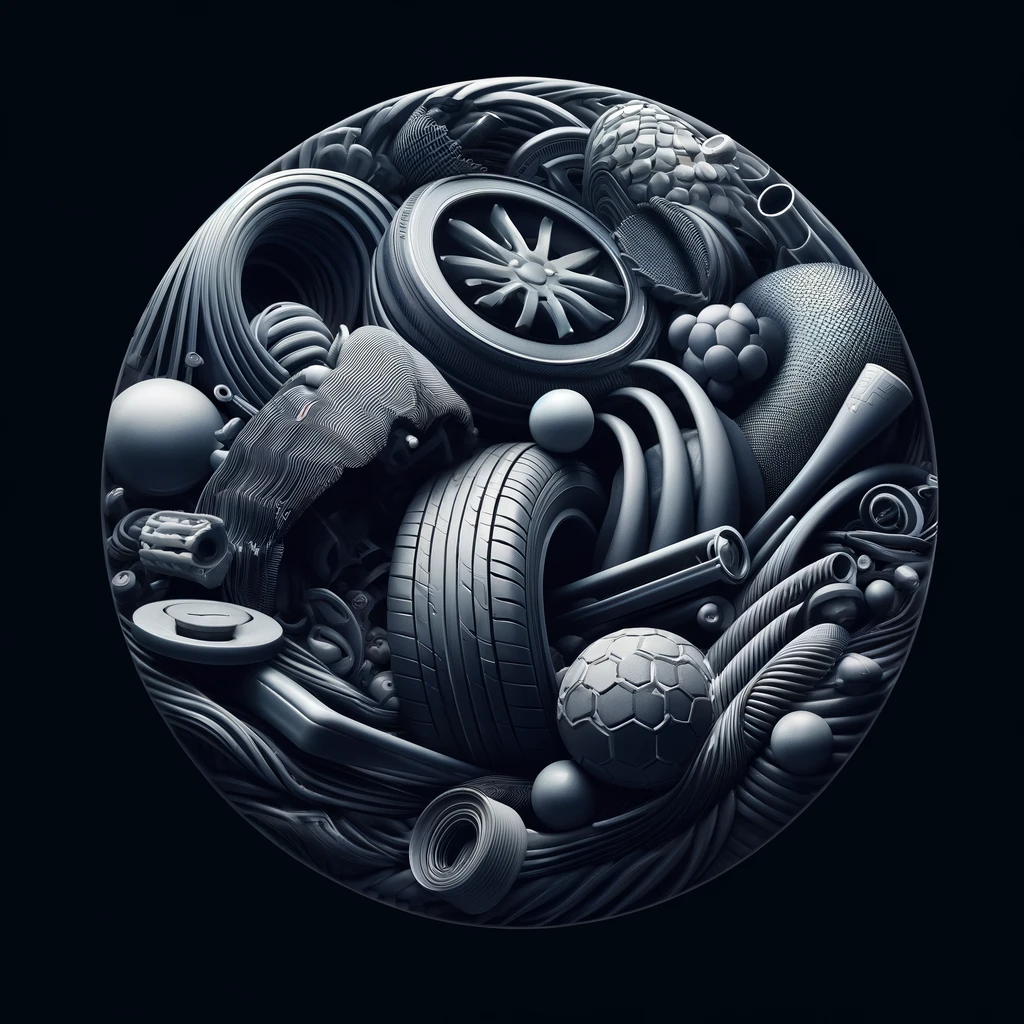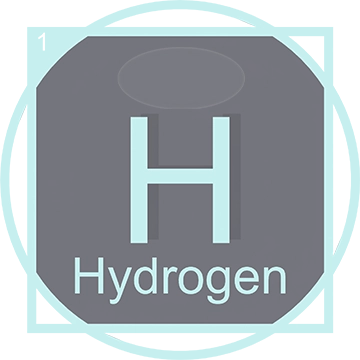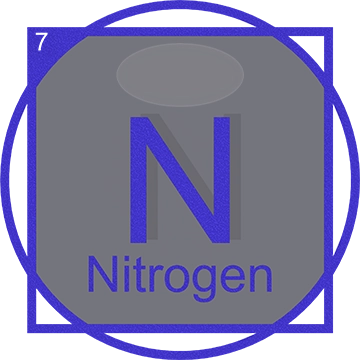Introduction to Rubber
Rubber is a versatile material used across various industries. It primarily consists of hydrocarbons and is processed to enhance its properties. Let's explore how rubber is related to the periodic table, particularly to elements like sulfur, carbon, and hydrogen.
The History of Rubber
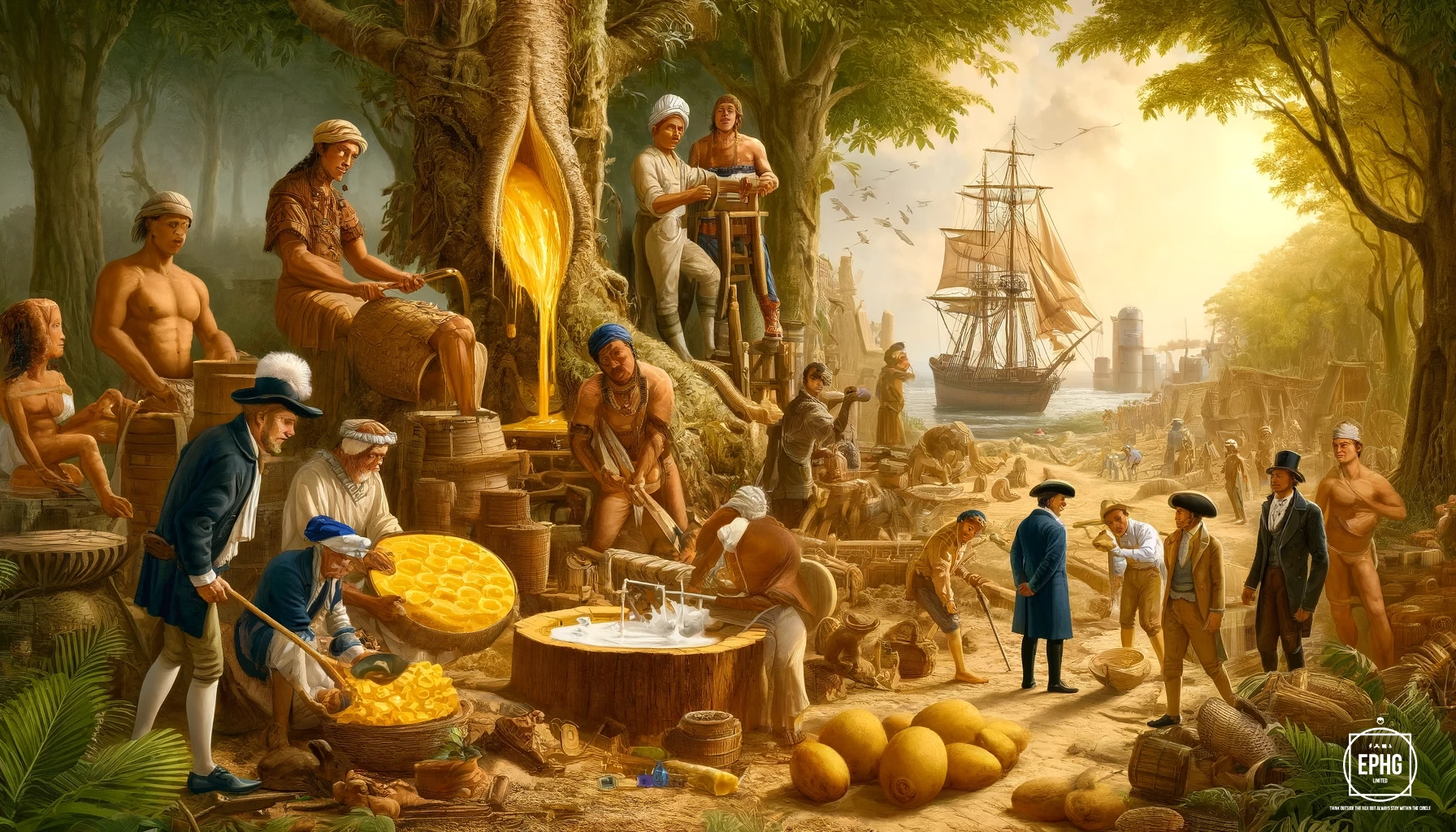
The history of rubber is rooted in ancient civilizations. The indigenous peoples of Mesoamerica were the first to cultivate and use natural rubber, extracted from the sap of the Hevea brasiliensis tree. They used it to make balls, footwear, and waterproof textiles. In the 18th century, European explorers encountered this "elastic gum," and it wasn't until the 19th century that Charles Goodyear revolutionized rubber processing with his invention of vulcanization. This process, involving the heating of rubber with sulfur, transformed rubber into a durable and versatile material, paving the way for the rubber industry we know today.
Types of Rubber: Natural and Synthetic
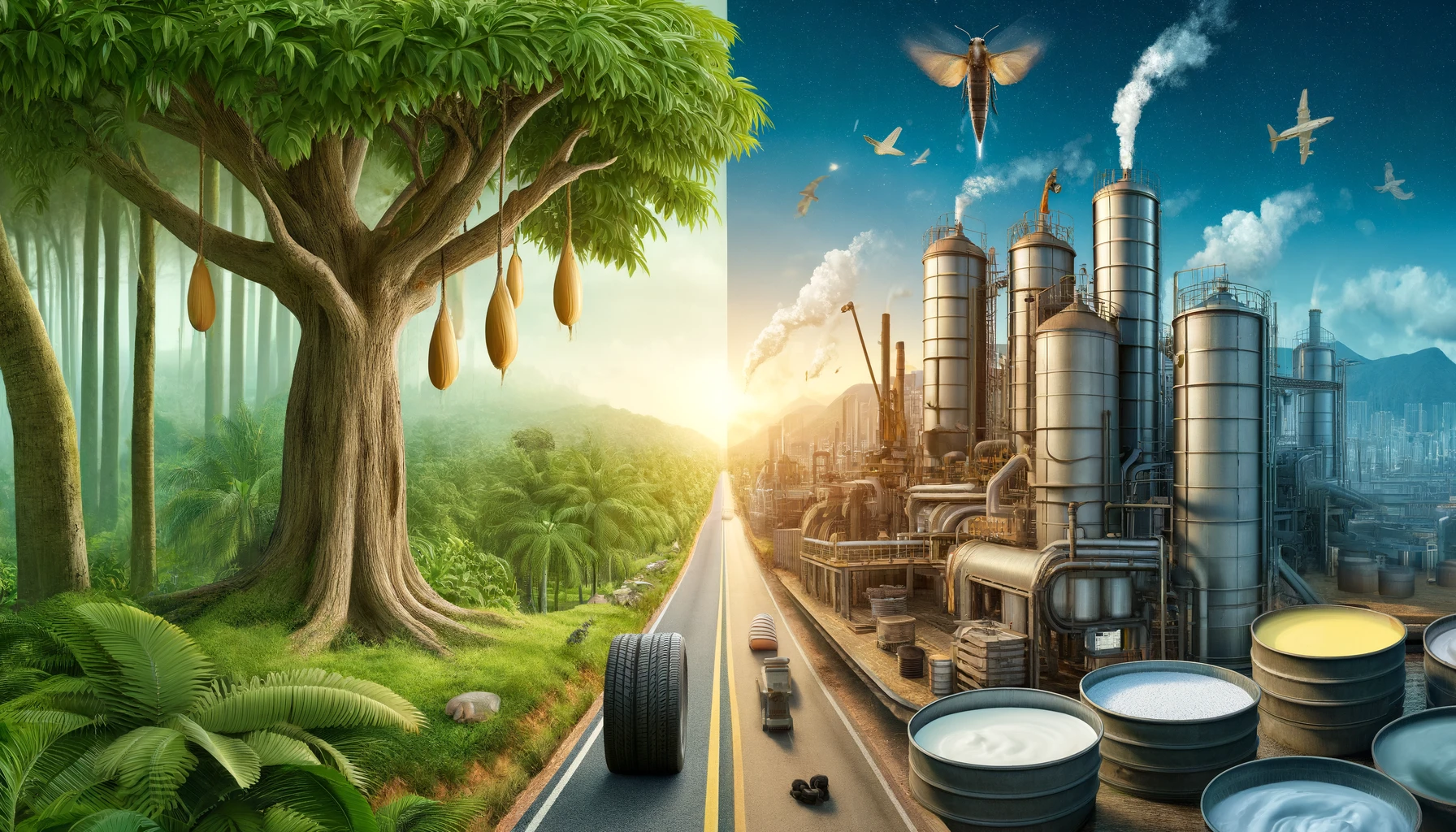
Natural rubber is derived from the latex sap of rubber trees, primarily the Hevea brasiliensis species, which are cultivated extensively in tropical regions. In contrast, synthetic rubber is manufactured through chemical synthesis using various petrochemicals, such as butadiene and styrene. Both types of rubber fundamentally consist of carbon and hydrogen, forming long polymer chains that give rubber its elastic properties. Despite their structural similarities, natural and synthetic rubber exhibit distinct characteristics suitable for different applications. The vulcanization process, which involves adding sulfur, plays a critical role in enhancing the durability and elasticity of both types of rubber, making them more resistant to heat and wear in products like vehicle tires and industrial belts.
Roles of Carbon, Sulfur and Hydrogen in Rubber
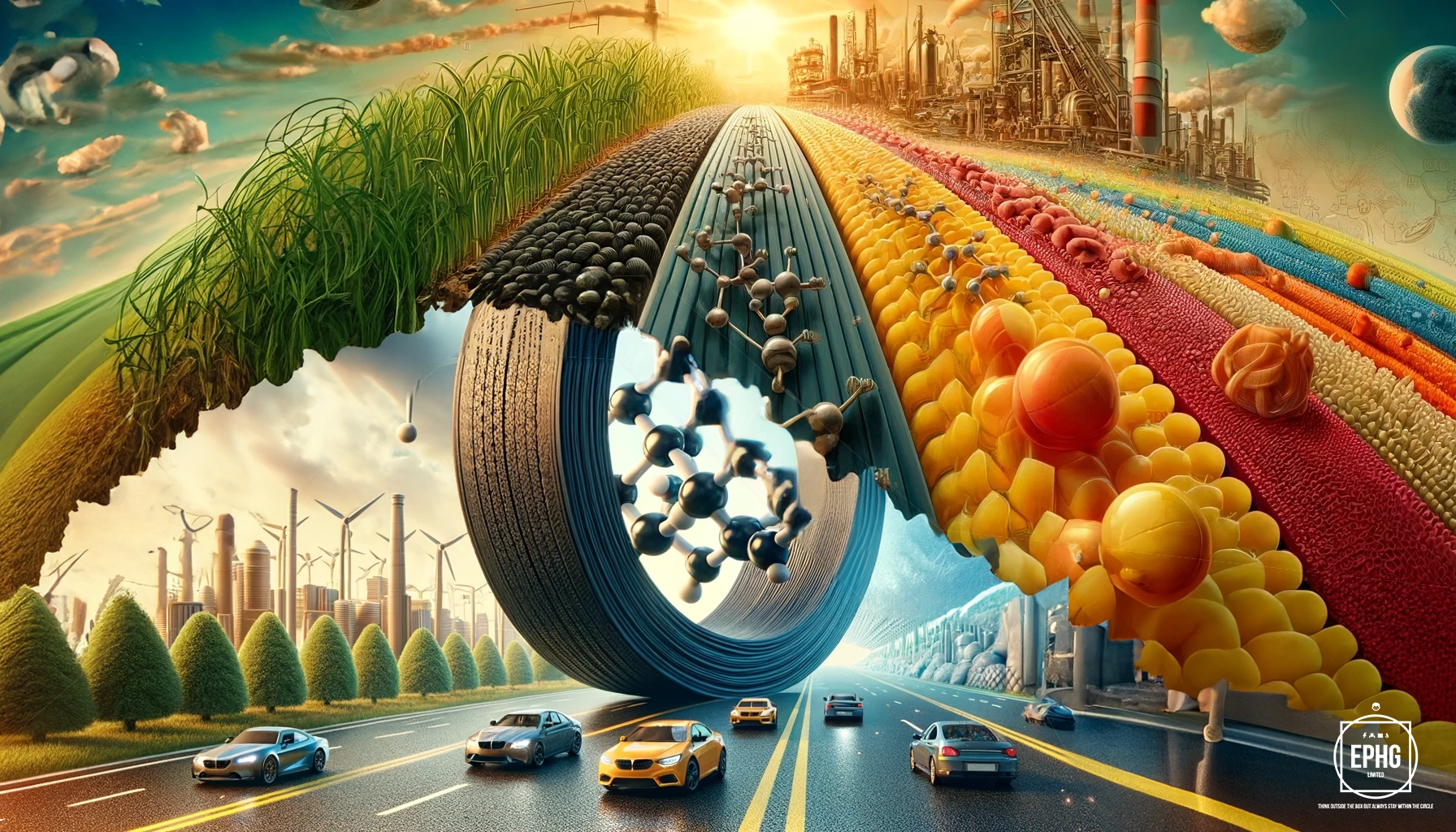
Carbon in Rubber
Carbon is the primary building block of rubber polymers. In natural rubber, it forms chains of isoprene units. Synthetic rubbers like SBR (Styrene-Butadiene Rubber) also rely heavily on carbon for their structure and stability.
Sulfur's Role in Vulcanization
Sulfur is crucial in rubber processing. The vulcanization process involves adding sulfur to natural or synthetic rubber, forming cross-links between polymer chains. This significantly improves the material's elasticity, strength, and resistance to wear and tear.
The Importance of Hydrogen in Rubber
Hydrogen is present in rubber polymers, bonding with carbon atoms to form hydrocarbons. This combination gives rubber its basic structural framework and flexibility. The addition of hydrogenated polymers further enhances synthetic rubber properties.
Other Elements Involved in Rubber Processing
Other elements like zinc (in zinc oxide form) and chlorine also contribute to rubber processing. Zinc oxide acts as a curing agent, while chlorine is sometimes used to modify the surface properties of rubber for improved adhesion.
Modern-Day Uses of Rubber in Technology
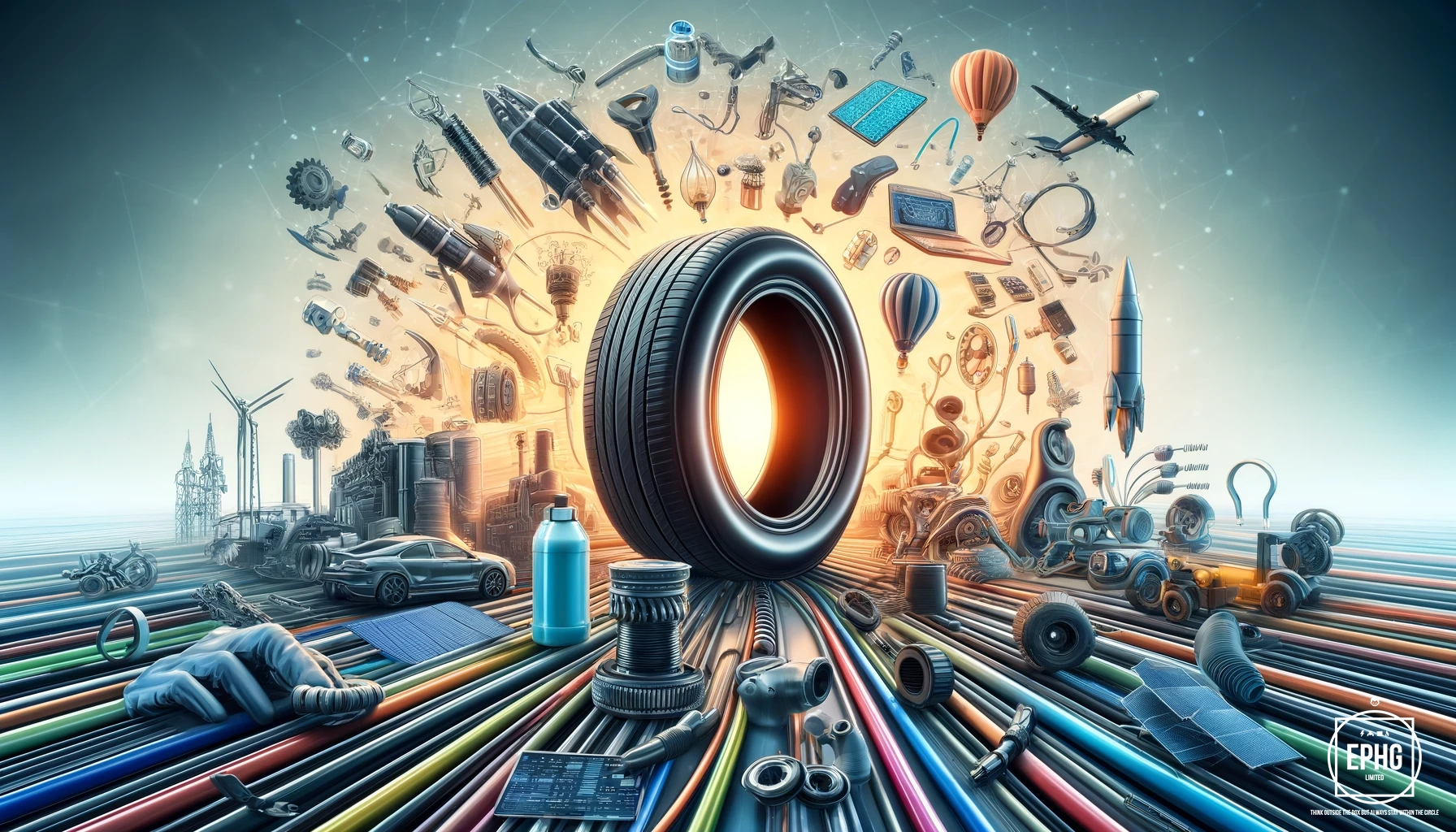
In modern technology, rubber plays a pivotal role due to its versatile and adaptable properties. It is crucial in the automotive industry for making tires, seals, and hoses. In electronics, rubber is used to insulate wires and create protective casings. Medical devices, such as gloves and tubing, rely on the flexibility and resilience of medical-grade rubber. The aerospace industry uses specialized rubber compounds in gaskets, seals, and insulation. Additionally, the development of synthetic rubbers with specific characteristics has opened new applications in renewable energy, wear-resistant coatings, and 3D printing materials, emphasizing rubber's indispensable role in contemporary technology.
Future Prospects and Innovations in Rubber
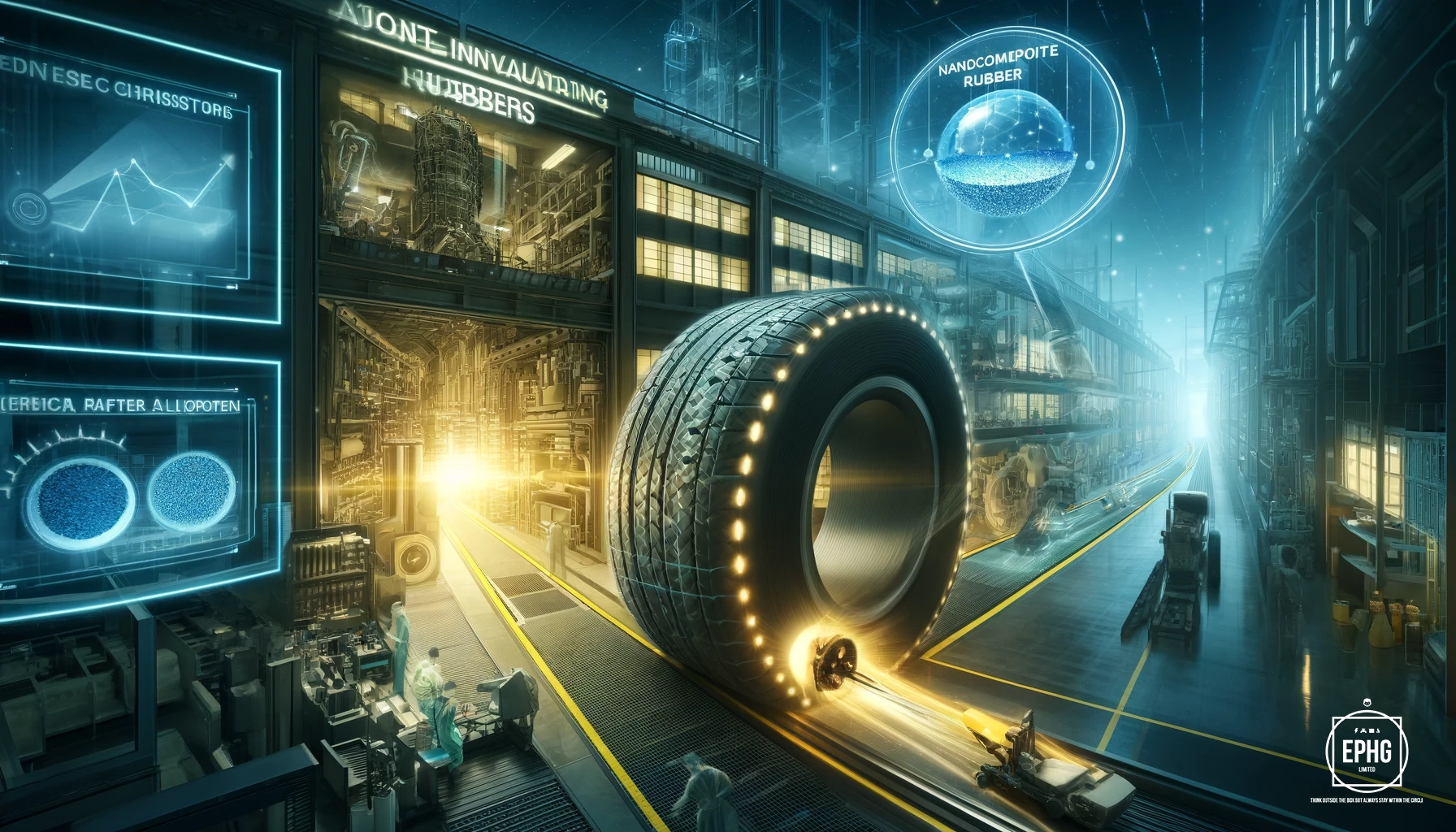
The future of rubber is geared towards sustainable practices and innovative materials. Researchers are exploring ways to enhance natural rubber cultivation by improving the yield and disease resistance of Hevea trees. Meanwhile, the recycling of synthetic rubber is gaining attention to reduce environmental impact. Bio-based rubbers derived from renewable resources are being developed as alternatives to petrochemical-derived synthetics. In manufacturing, innovations include self-healing rubbers that can repair damage automatically and nanocomposite rubbers that offer improved performance. Additionally, advances in additive manufacturing will allow for the rapid prototyping and custom production of rubber components, paving the way for more efficient and flexible designs in industries like automotive, healthcare, and aerospace.
Rubber in Space Travel: The Next Century

A century from now, rubber technology in space travel will have evolved dramatically. Imagine spacecraft equipped with self-healing rubber materials, capable of automatically repairing punctures caused by micro-meteoroids. These advanced rubbers, integrated with nanotechnology, will adjust their properties based on external conditions, offering unparalleled insulation against extreme temperatures and radiation in deep space. Additionally, the flexibility and durability of these materials will play a critical role in the construction of expandable habitats and storage units that can withstand the rigors of planetary colonization. Utilizing carbon nanotubes and graphene-infused rubber composites, these innovations will ensure the safety and efficiency of astronauts, paving the way for sustainable interstellar exploration.
